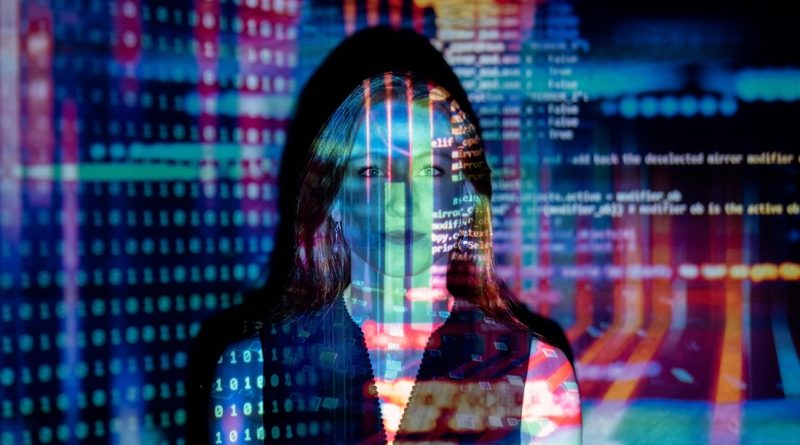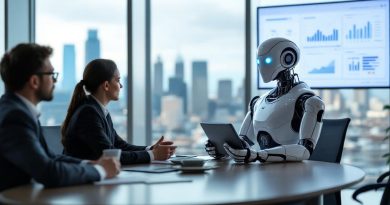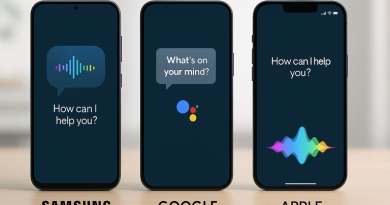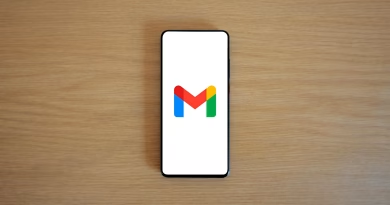Hollywood, Meet Your Algorithm: What Veo 3 Means for Filmmaking
The film industry has seen its share of revolutions—sound, color, CGI, streaming. Now it faces its most radical shift yet: generative AI. And Google’s Veo 3 is here with the cinematic equivalent of a mic drop.
With ultra-realistic rendering, dynamic camera styles, and prompt-based scene control, Veo 3 isn’t just making videos—it’s making cinema.
So the question isn’t if AI will change Hollywood. It’s: how soon—and how deeply?
Veo 3 as a Virtual Production Studio
With Veo 3, a filmmaker can prompt a scene like:
“A slow-motion tracking shot of a ballerina dancing on a rain-slick rooftop at night, under neon lights.”
And out comes footage that looks like it was shot on a high-end RED camera with a drone and a million-dollar lighting rig.
That kind of access used to be reserved for studios with budget, staff, and gear. Now? A solo creative can get there with a sentence.
Veo 3 levels the field—not just between studios and indies, but between ideas and execution.
What This Means for Hollywood
🎬 Pre-visualization becomes democratized
Directors and cinematographers can prototype scenes with Veo 3 instead of relying on storyboards or 3D mockups. Imagine Spielberg visualizing his next shot not on paper—but via an AI co-director.
💰 Budgets could shift dramatically
If AI can generate crowd scenes, landscapes, or even entire B-roll segments, production costs for certain genres could drop fast. That threatens jobs—but also opens the door for more experimental storytelling.
🧠 Writers become directors—and vice versa
With generative tools, the line between script and screen blurs. Writers can show their vision instead of just telling it.
The Creative Tension: Tool or Threat?
To be clear, Veo 3 isn’t going to replace Nolan or Villeneuve. Not yet. But it introduces a creative tension that the film world can’t ignore:
- Will AI devalue the role of traditional cinematographers or editors?
- Will deepfake concerns bleed into AI-generated film?
- How will actors react to scenes made without them?
There’s a future where studios say: “We don’t need to shoot that scene—we’ll Veo it.” And that’s equal parts exciting and eerie.
The Rise of AI-Native Cinema
We’re entering the era of AI-native film—movies that don’t mimic the Hollywood pipeline but invent their own.
- AI generates the script
- Another model directs the scenes
- Synthetic actors play the roles
- Voice synthesis replaces dubbing
It sounds dystopian—but it’s already happening in short-form content. Veo 3 brings it closer to narrative filmmaking than ever.
What Hollywood Should Be Doing Right Now
- Experiment, don’t retreat
Filmmakers should test Veo as a tool, not fear it as a rival. - Build hybrid workflows
Human + AI collaboration will define the next generation of visual storytelling. It’s not all or nothing. - Establish guardrails early
Ethical use, consent, and creative attribution will matter more than ever. Waiting too long to address them is a mistake.
Final Scene
Veo 3 doesn’t replace directors. It expands what direction can mean. It doesn’t kill creativity—it multiplies the possibilities.
But if Hollywood doesn’t evolve with it, Veo might not just assist filmmakers—it might outgrow them.
The future isn’t in the script anymore. It’s in the prompt.




